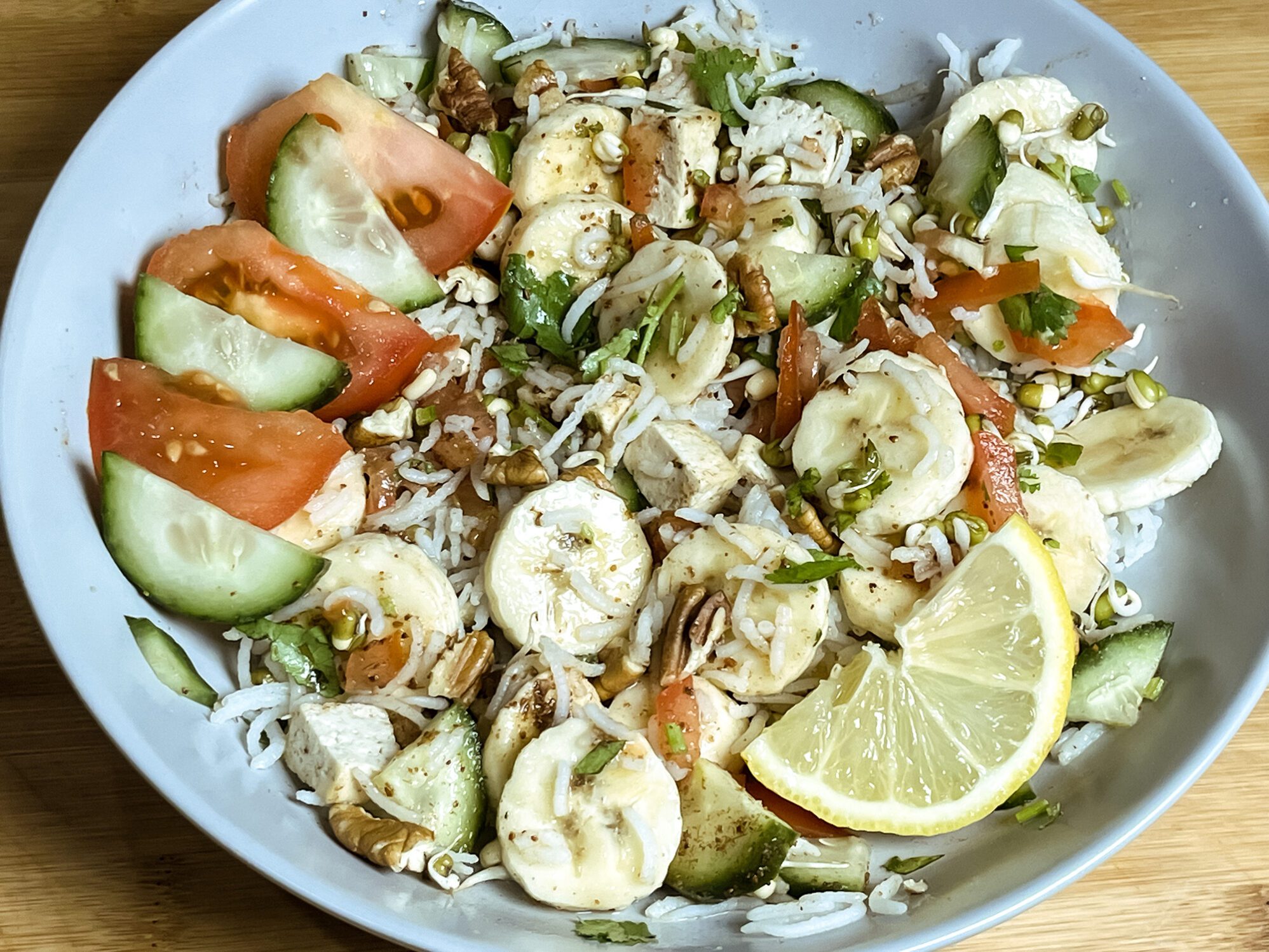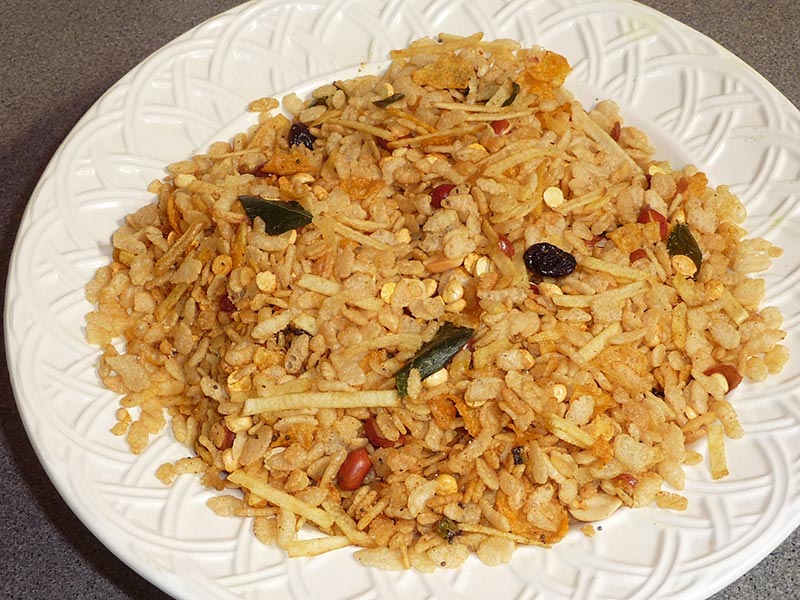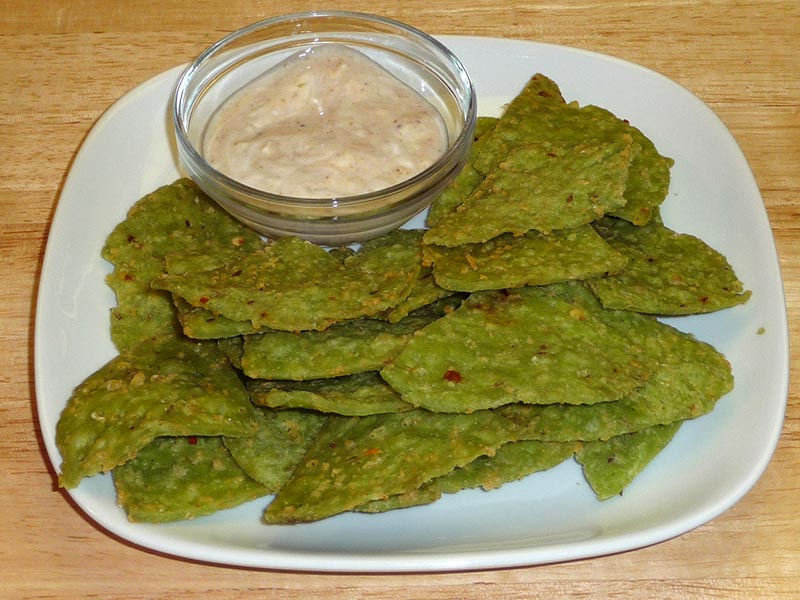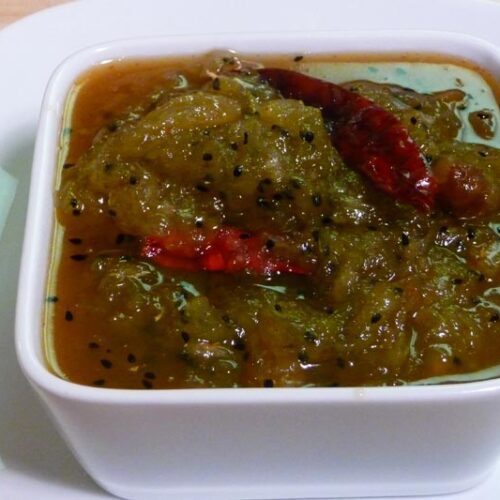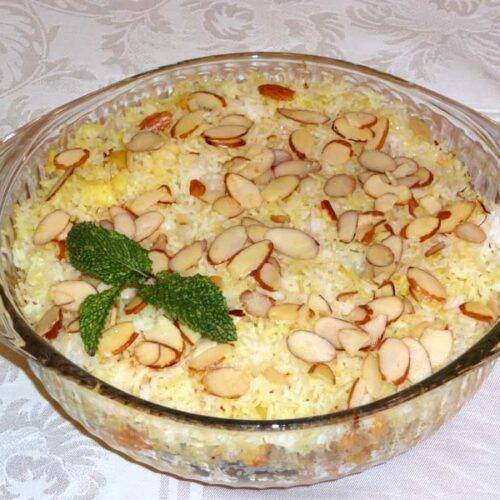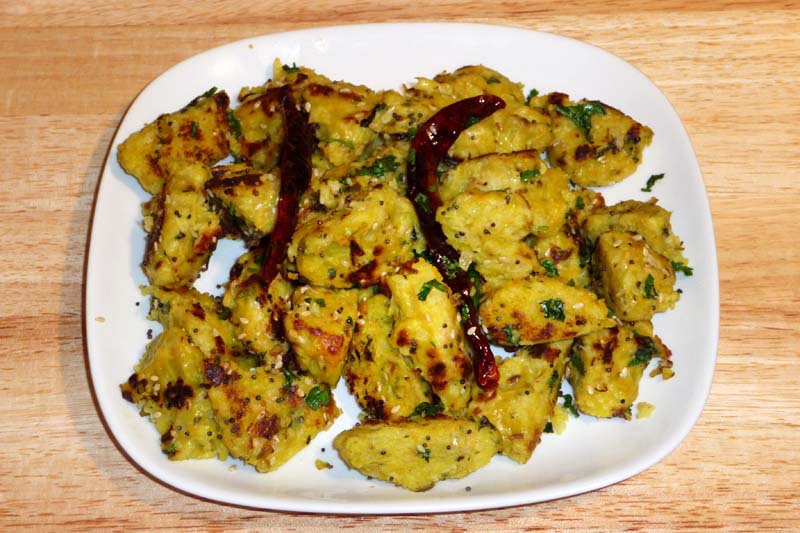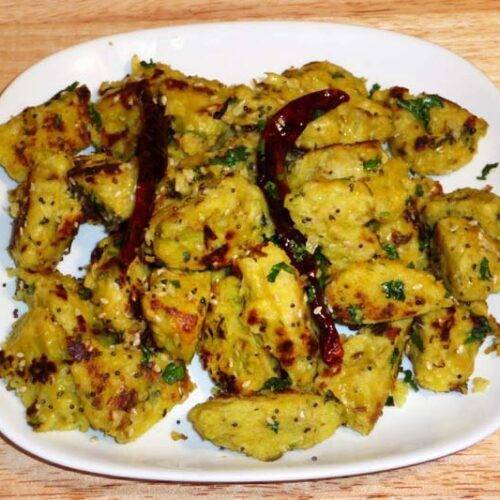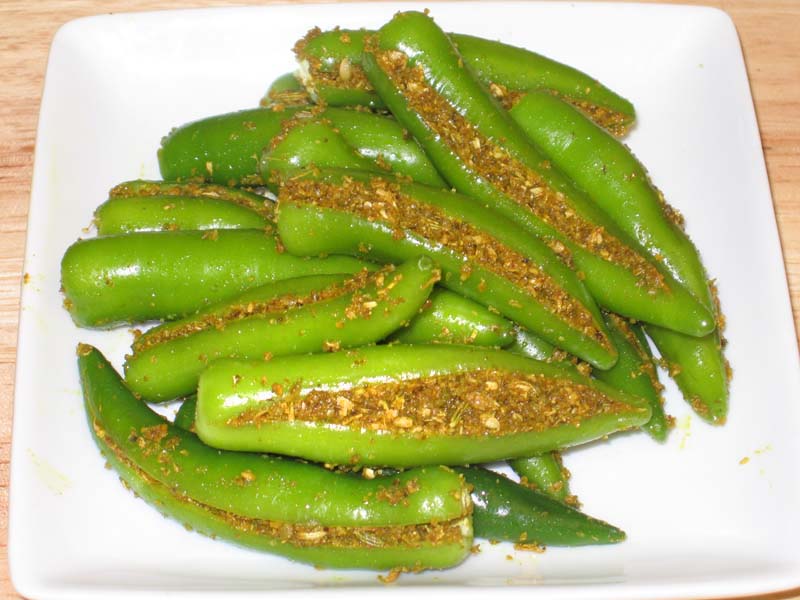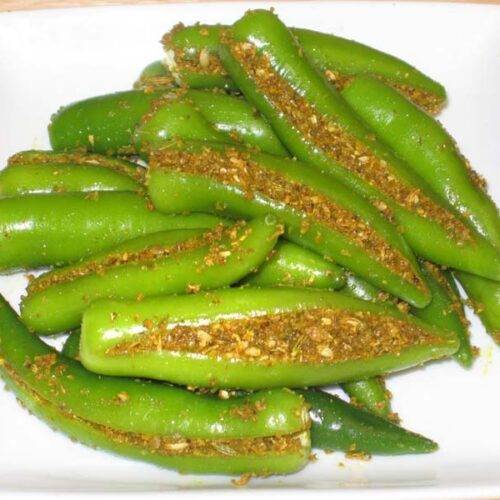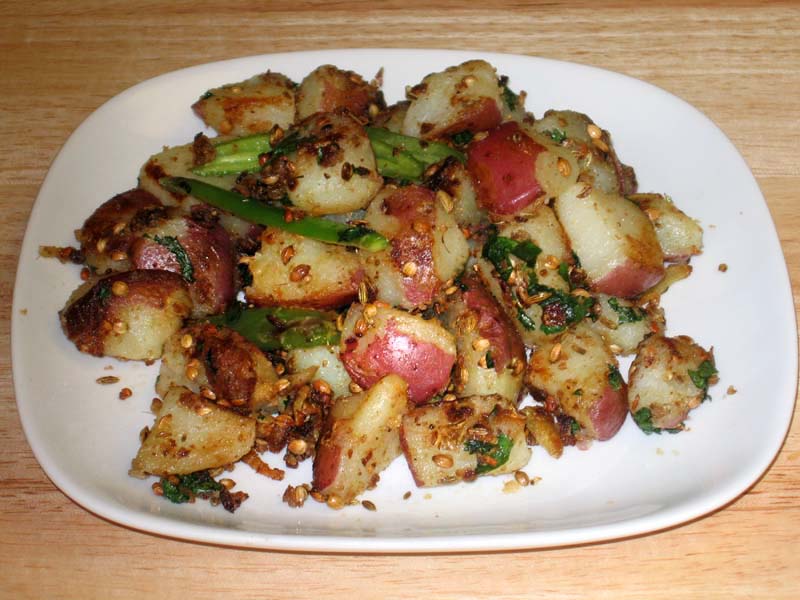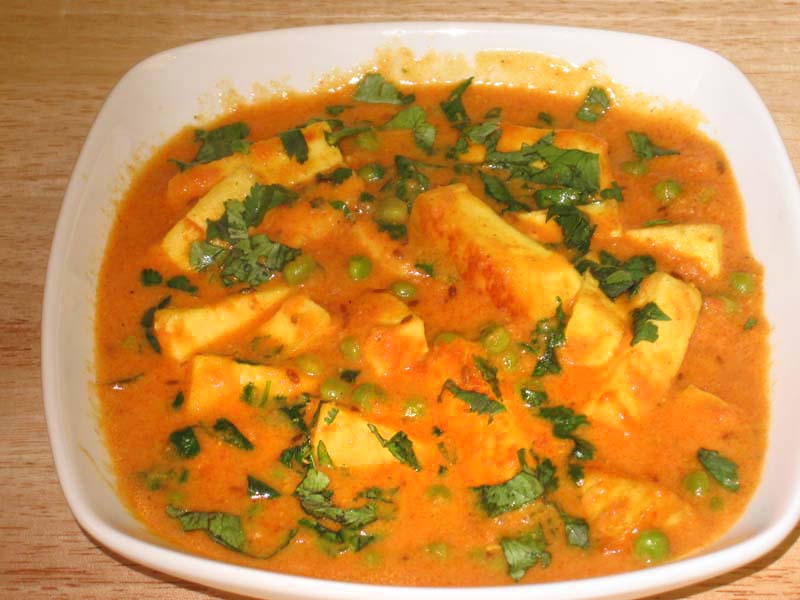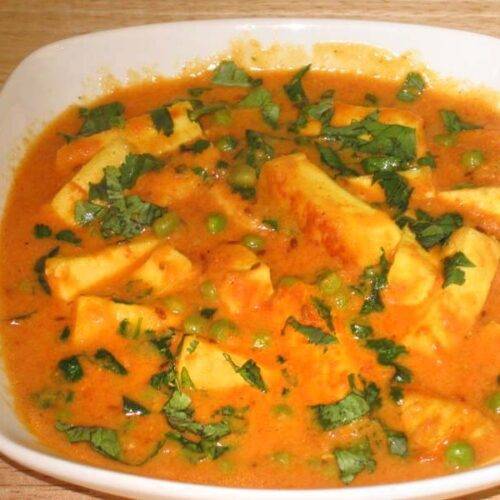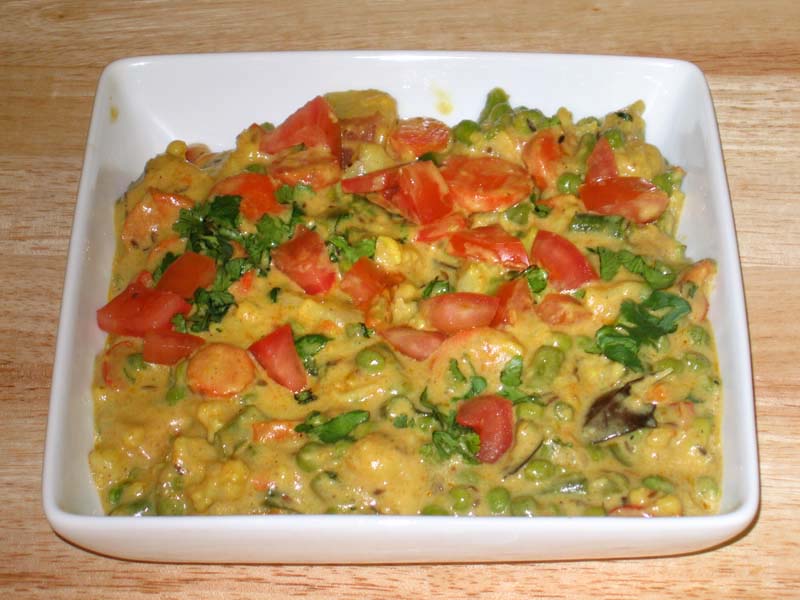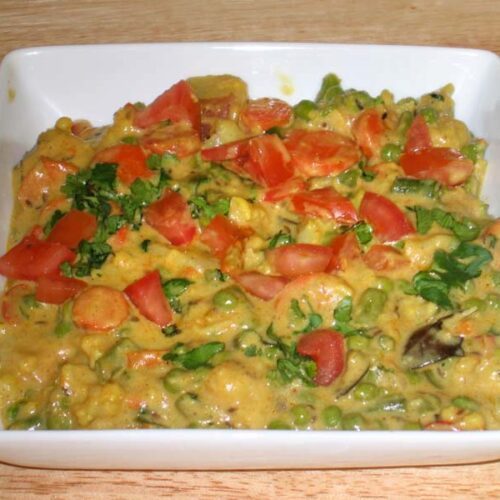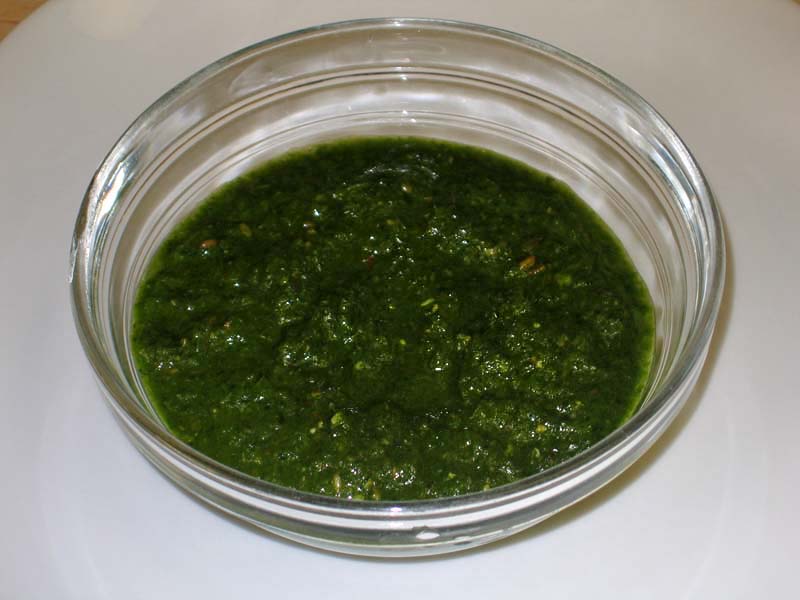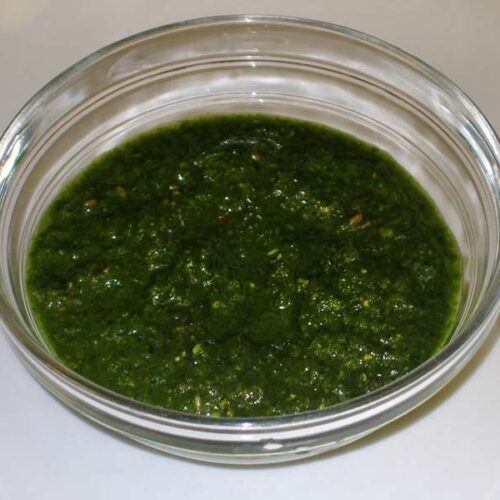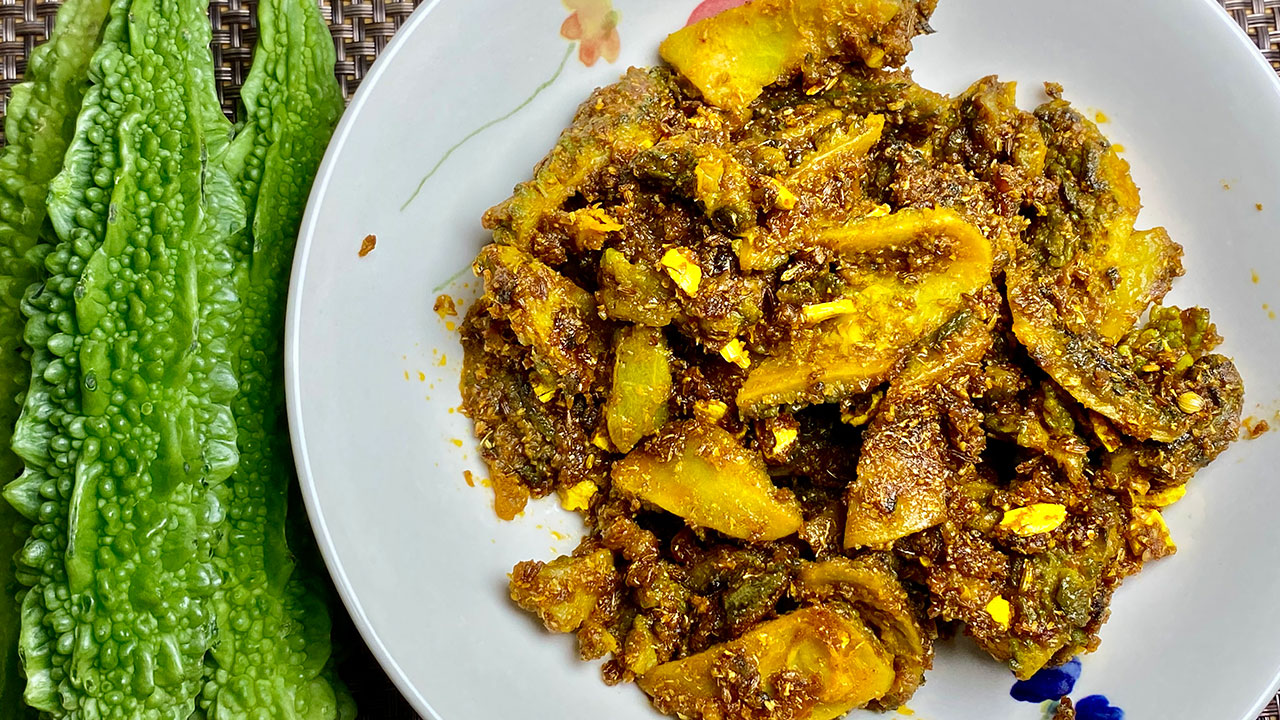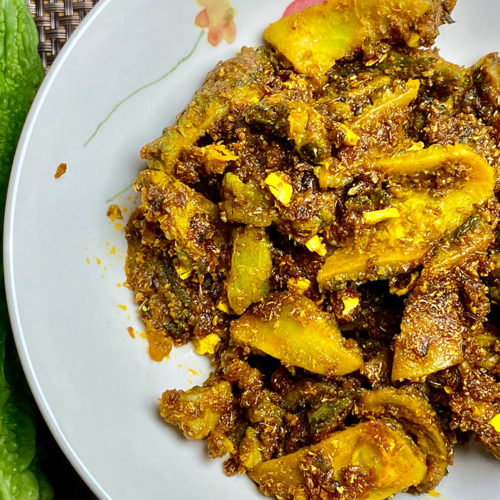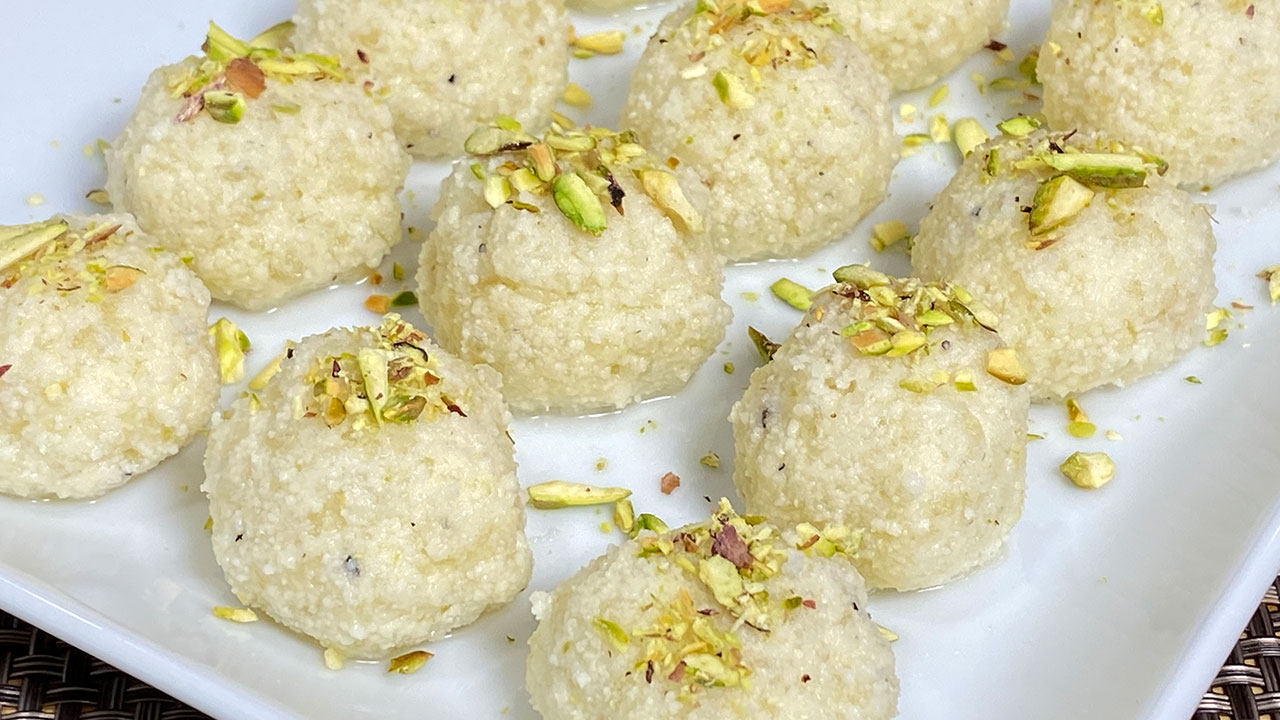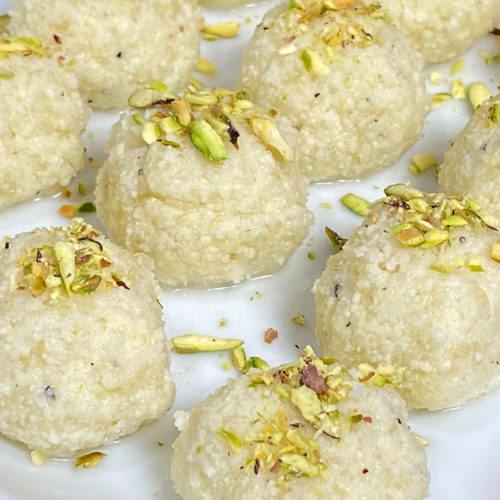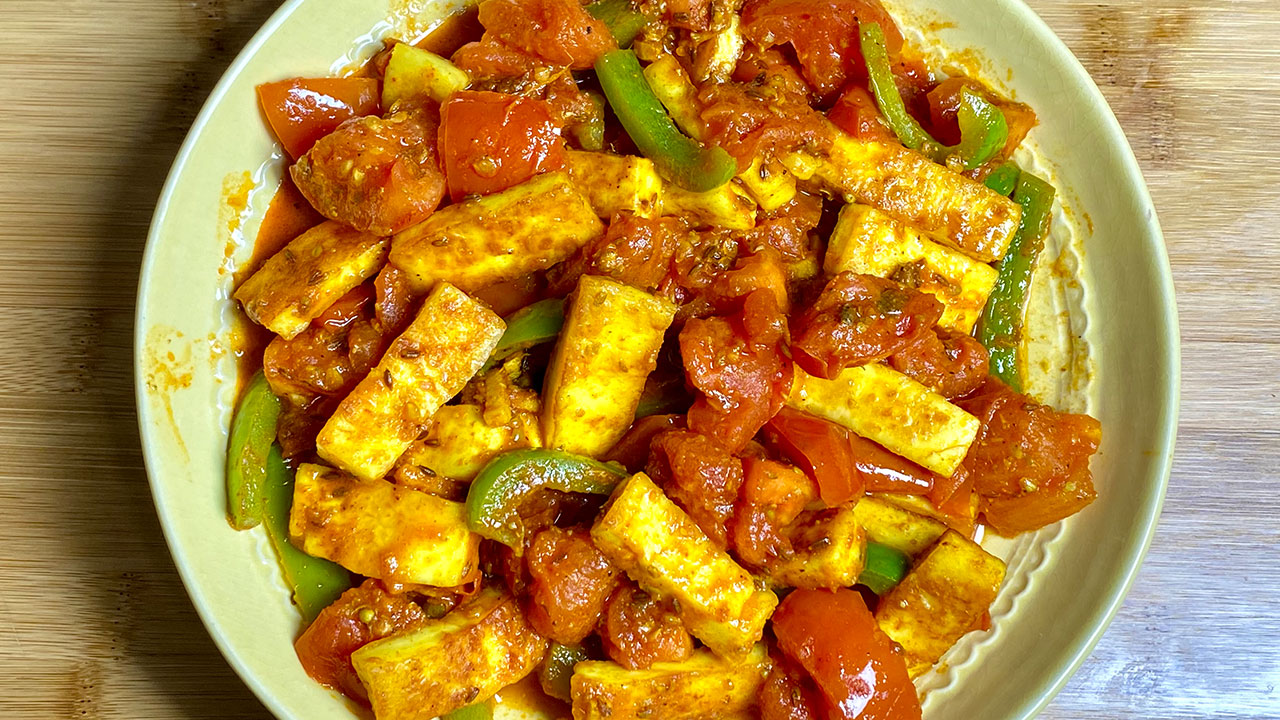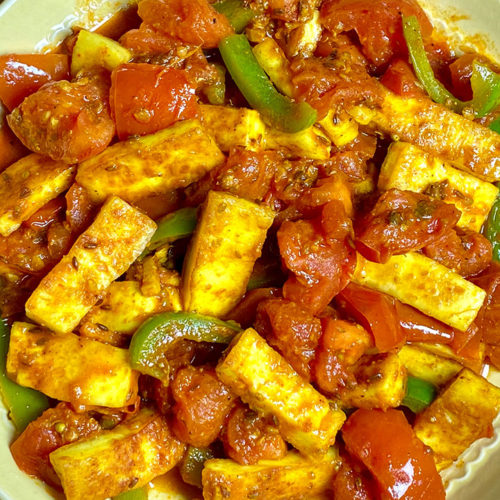Banana Rice Bowl
Ingredients
Ingredients:
- 1 banana, sliced.
- 1 cup cooked rice
- ¼ cup moong dal sprouts
- ¼ cup cucumber, chopped into small pieces
- ¼ cup tomatoes, chopped into small pieces
- ¼ cup tofu in small cubed, grilled
- ½ tsp salt
- ½ tsp roasted cumin seed powder
- 2 tsp sugar
- 1 tbsp finely chopped cilantro.
- 1 tsp finely chopped green chili (adjust to taste)
- 2 tsp lemon juice
- 2 tbsp broken pecans
Instructions
Method:
- In a wide serving bowl, we will add all the ingredients one at a time cup of cooked rice, sliced banana, tofu, sprouts, cucumber, and tomatoes.
- Sprinkle salt, roasted cumin seed powder, sugar, cilantro, green chilies, and lemon juice. Toss it all together.
- Finally, top with pecans.
- Simple, flavorful, and healthy, your Banana Rice Vegetable Bowl is now ready to enjoy!
Notes
Banana Rice Bowl Recipe
Craving a satisfying yet easy meal that packs a punch of flavor? Look no further than this unique banana rice recipe! Inspired by a desire for something spicy and filling, this Banana with Rice Bowl combines the sweetness of bananas with the savory goodness of rice and a variety of vegetables and spices. Whether you’re vegan, gluten-free, or simply looking for a delicious and nutritious dish, this banana rice recipe is sure to become a favorite in your kitchen.
Assembling the Ingredients
To begin preparing the Banana Rice Bowl, gather all the necessary ingredients listed in the banana rice recipe. You’ll need bananas, cooked rice, moong dal sprouts, cucumber, tomatoes, grilled tofu, salt, roasted cumin seed powder, sugar, cilantro, green chilies, lemon juice, and pecans. Having everything ready and prepped will make the cooking process smooth and efficient.
Creating the Flavorful Layers
In a wide serving bowl, start assembling the Banana Rice Bowl by adding each ingredient one at a time. Begin with a generous layer of cooked rice as the base, followed by slices of ripe banana for a touch of sweetness. Next, add the grilled tofu, moong dal sprouts, chopped cucumber, and tomatoes. This layering technique ensures that every bite is bursting with a variety of textures and flavors, from creamy to crunchy.
Seasoning for Depth of Flavor
Once all the ingredients are layered in the bowl, it’s time to season them with a combination of spices and herbs. Sprinkle salt, roasted cumin seed powder, and sugar over the top of the bowl to enhance the flavors and balance the sweetness of the bananas. Add finely chopped cilantro and green chilies for a pop of freshness and a hint of heat. Drizzle freshly squeezed lemon juice over the top to brighten up the dish with a tangy citrus flavor.
Adding a Crunchy Finishing Touch
To elevate the texture of the Banana with Rice Bowl, top it off with broken pecans. The pecans not only add a satisfying crunch but also contribute a rich, nutty flavor that complements the other ingredients beautifully. Feel free to adjust the amount of pecans according to your preference, or substitute them with your favorite nuts or seeds for variety.
Tips
- Choose ripe but firm bananas for this banana rice recipe to ensure they hold their shape when mixed with the other ingredients.
- Experiment with different vegetables and proteins to customize the Banana Rice Bowl to your liking. Try substituting tofu with paneer or adding bell peppers or apples for added crunch and sweetness.
- For a burst of freshness, garnish the finished dish with a sprinkle of freshly chopped herbs like mint or parsley.
Variations
- Get creative with your choice of grains by substituting rice with quinoa, couscous, or bulgur for a different texture and flavor profile.
- For a spicy kick, add a dash of your favorite hot sauce or chili flakes to the Banana Rice Bowl before serving.
Benefits
- Bananas are a good source of potassium, fiber, and vitamins, making them a nutritious addition to any meal.
- Rice provides carbohydrates for energy and is a staple food in many cuisines around the world.
- The variety of vegetables and sprouts in this banana rice recipe add vitamins, minerals, and antioxidants to support overall health.
FAQs
-
Can I prepare the Banana with Rice Bowl in advance?
- Yes, you can pre-cook the rice and prep the other ingredients in advance, then assemble the bowl just before serving for maximum freshness and flavor.
-
Are there any substitutions I can make for the ingredients listed in the recipe?
- Absolutely! Feel free to customize the Banana Rice Bowl with your favorite ingredients and flavors. You can swap out the tofu for your protein of choice or adjust the seasoning to suit your taste preferences.
-
Is this recipe suitable for meal prep?
- Yes, you can prepare a batch of Banana Rice Bowls ahead of time and store them in individual containers in the refrigerator for quick and easy meals throughout the week. Just be sure to store the pecans separately to maintain their crunchiness.
Other Recipes If you enjoyed this banana rice recipe, you might also like to try these other recipes from Manjula’s Kitchen:
- Vegetable Pulao
- Mango Lassi
- Chickpea Salad
- Coconut Chutney
- Vegetable Pakoras
- Paneer Tikka Masala
- Fruit Chaat
These recipes are perfect and are sure to satisfy your cravings. Happy cooking!

